No matter how long the car trip, suffering nausea and fatigue can make you wish you had walked there instead. It’s estimated that 25% to 40% of Americans get motion sickness, turning everything from errands around town to holiday road trips into potential nightmares. We asked Timothy Hain, M.D., of Chicago Dizziness and Hearing (who’s been treating dizziness and related conditions since 1990) how to make your next car trip a little easier on your stomach.
Know The Causes
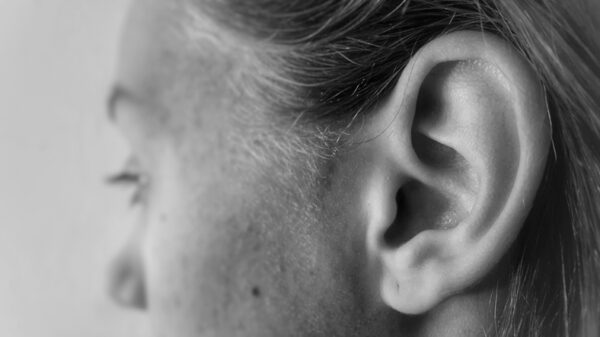 There are a few theories as to what causes motion sickness, but the most common is that it stems from conflicts between one or more senses—usually discrepancies between information from the eyes and ears. “If you’re trying to read a book in the back seat of a car on a winding road, your eyes—locked on the book—tell you that everything is still,” explains Dr. Hain. Unfortunately, “your inner ear tells you that you are turning. The conflict between the two triggers motion sickness.”
There are a few theories as to what causes motion sickness, but the most common is that it stems from conflicts between one or more senses—usually discrepancies between information from the eyes and ears. “If you’re trying to read a book in the back seat of a car on a winding road, your eyes—locked on the book—tell you that everything is still,” explains Dr. Hain. Unfortunately, “your inner ear tells you that you are turning. The conflict between the two triggers motion sickness.”
Recognize The Symptoms
The symptoms of motion sickness are instantly recognizable: you feel nauseated, sometimes to the point of vomiting, and tired, and get a swimming sensation in your head when you move it. Some sufferers also report breaking out in a cold sweat.
Stop Motion Sickness Before It Starts
The easiest way to prevent motion sickness, according to Dr. Hain, is to be the driver. If your eyes are focused on the road, they’re less likely to tell your brain that you’re sitting still (or otherwise contradict the information from your ears).
When you’re in someone else’s car, sit next to the driver and pretend you’re driving, again focusing on the road and watching for twists ahead. Dr. Hain actually recommends memorizing the routes you take on everyday trips so you can anticipate every turn and bump along the way.
If you’re still dry-heaving, take a nap. “There’s very little risk of motion sickness while you’re asleep,” Dr. Hain points out. He also recommends taking a vestibular suppressant like meclizine (available over-the-counter) or a prescription scopolamine patch, which might not be all-natural, but have been scientifically proven to reduce symptoms.
Seek (And Hopefully Find) Relief
Once the symptoms have started, there are a few things you can do for relief. First, stop the car. It may add a few minutes to your travel time—it can take as long as 20 minutes after the motion stops for the nausea and fatigue to fade—but it will go a long way toward your comfort.
You can also take medications like meclizine if you’re already feeling sick or if you’ve stopped the car and don’t feel any better, but only if you’re a passenger. “Meclizine makes you tired, so once you take one, it’s not a good idea to keep driving,” warns Dr. Hain.
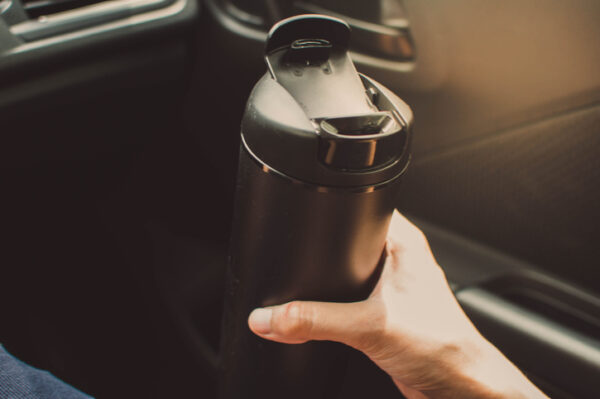 Some non-medication remedies, like ginger, can help reduce nausea, so drinking ginger tea may help you feel better. Other so-called cures, like acupressure bands that claim to prevent motion sickness, might not be so helpful. “There is no evidence that [the bands] work,” says Dr. Hain.
Some non-medication remedies, like ginger, can help reduce nausea, so drinking ginger tea may help you feel better. Other so-called cures, like acupressure bands that claim to prevent motion sickness, might not be so helpful. “There is no evidence that [the bands] work,” says Dr. Hain.
Want a longer-term solution? The good news: there are exercises you can do to reduce your sensitivity to motion. (Dr. Hain says you can find general-purpose ones online like the Puma method, developed by a former NASA flight surgeon.) The bad news: the exercises usually mimic the type of motion that makes you sick in order to purposefully create sensory conflict, and “can be very nauseating,” according to Dr. Hain. And because the point of the exercises is to experience the sensory conflict, you generally can’t take any medications to alleviate motion-sickness symptoms while doing them.
But if you can stick it out, soon you’ll be riding through twists and turns and up and down hills, feeling just fine.
Next article: Tips for a Successful Road Trip with Your Cat or Dog




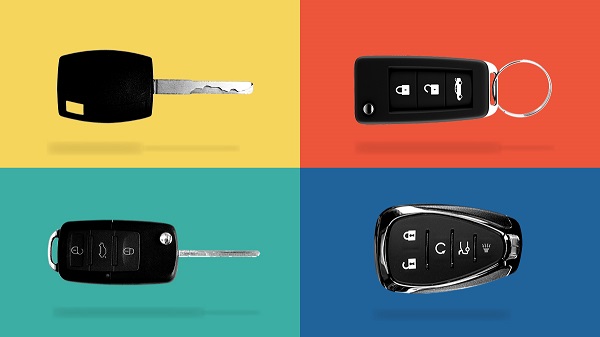
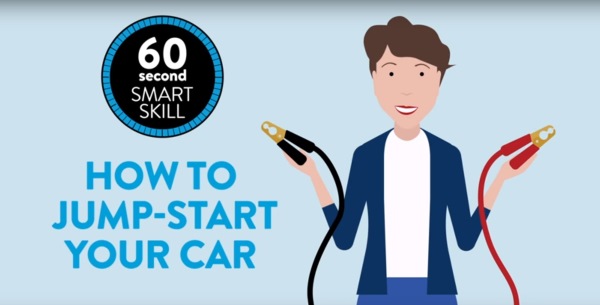
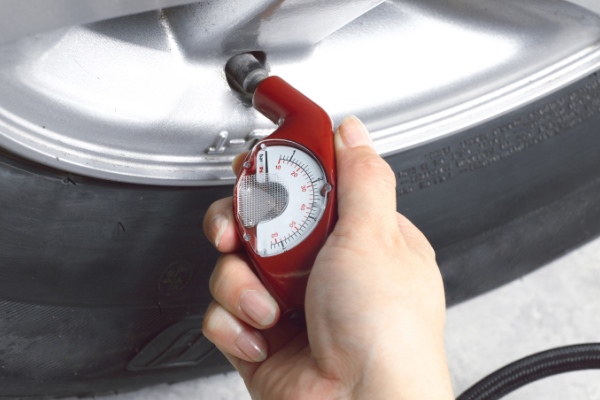

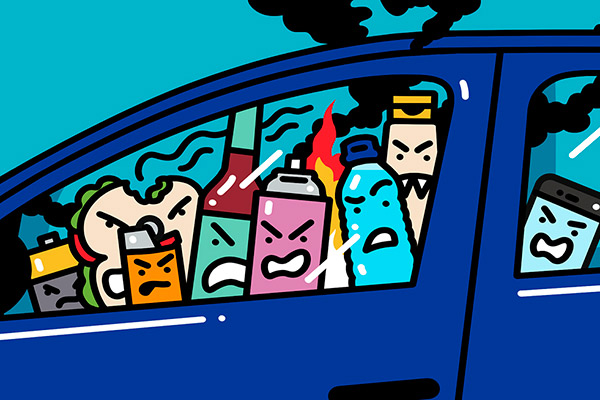
Maria. C. Chacon-Gonzalez says,
Nice information. Thank you very much